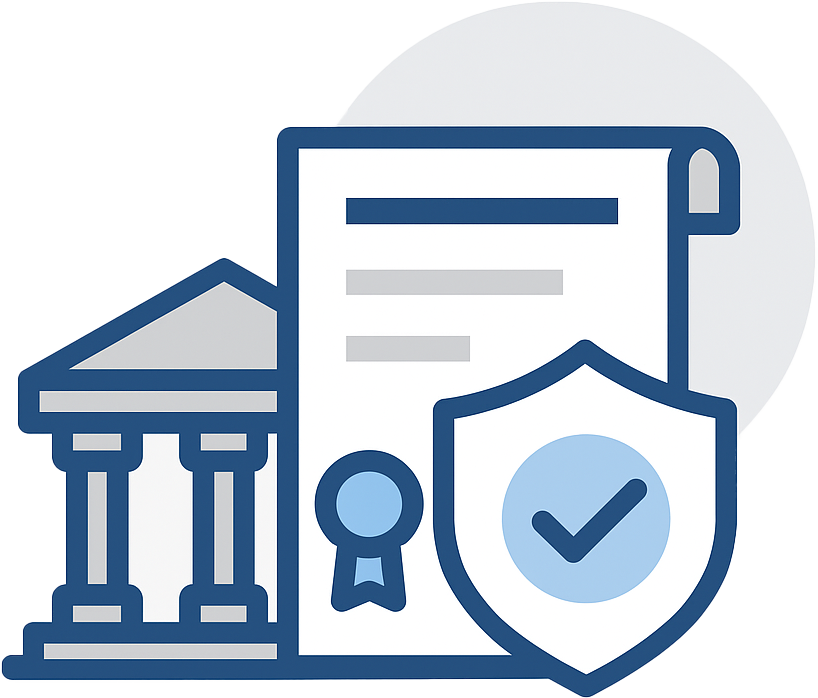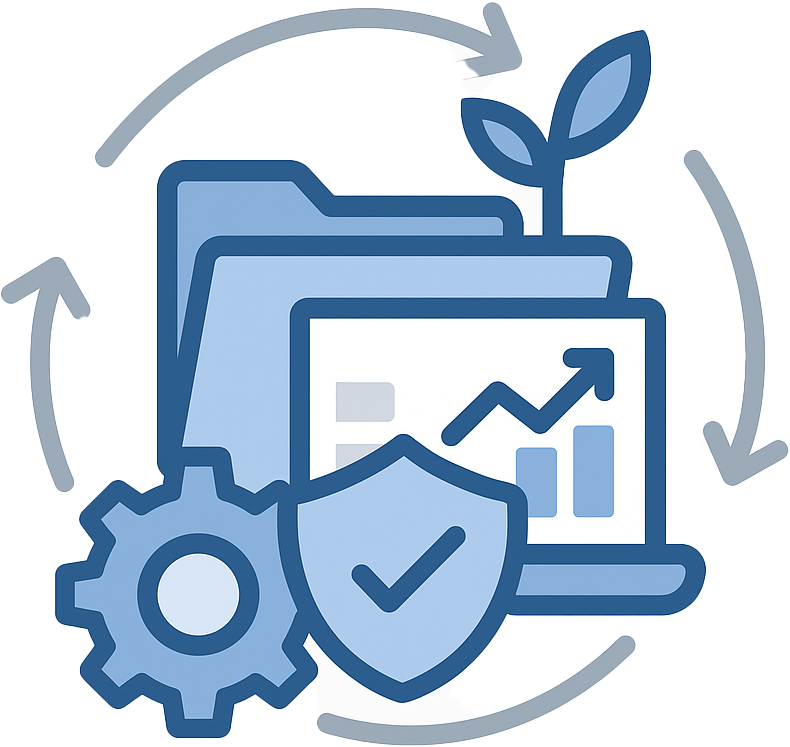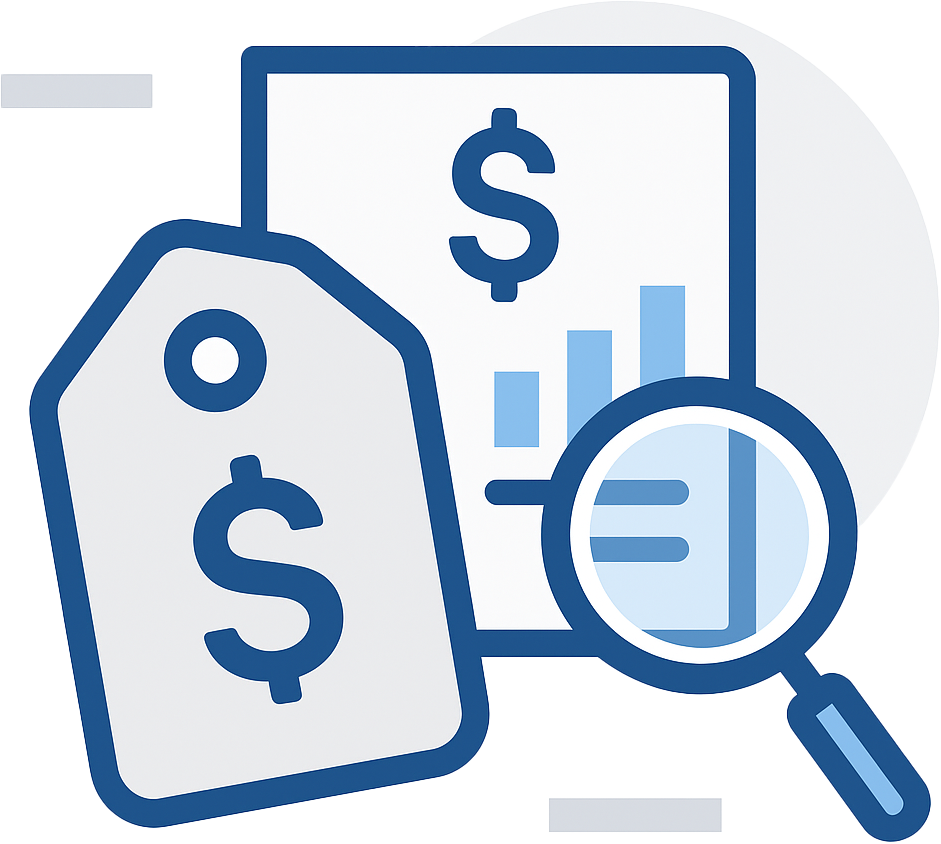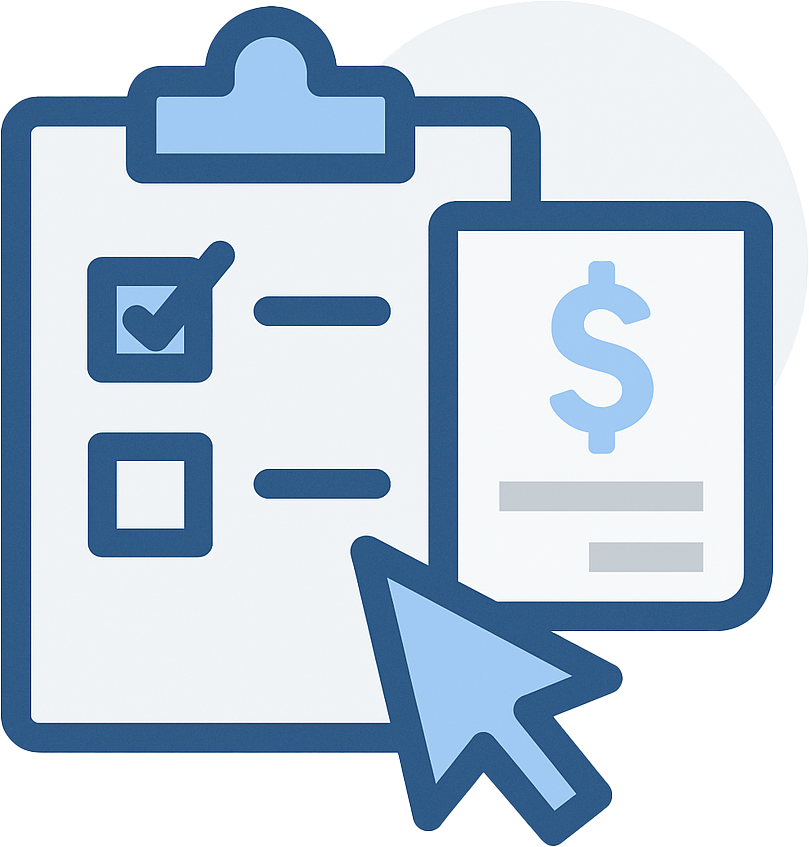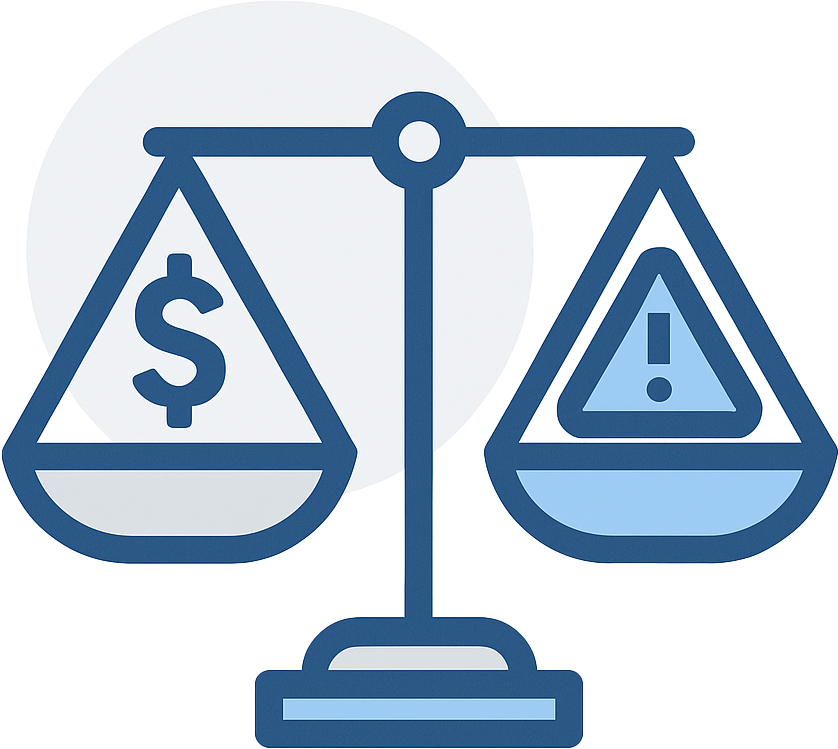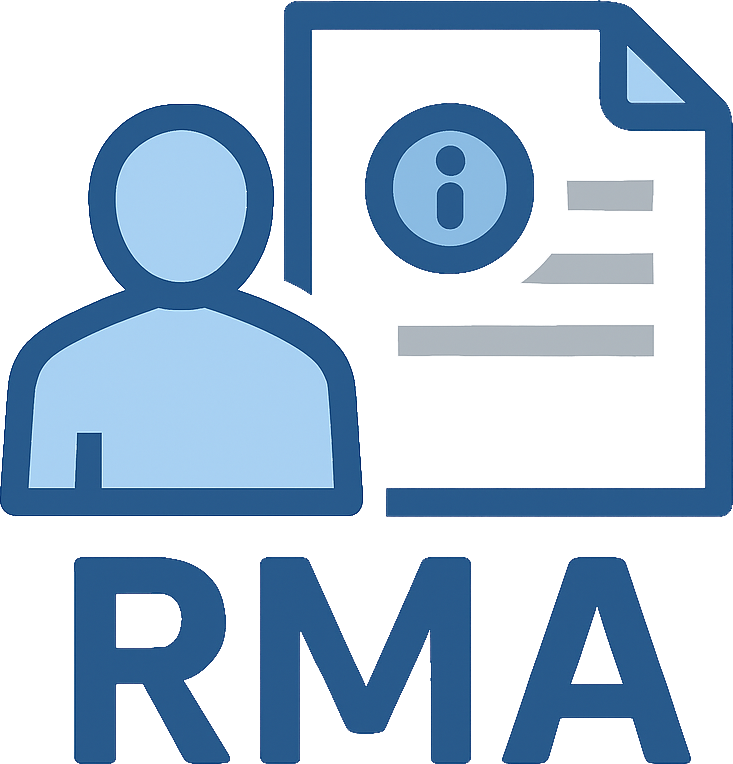VSQG, SQG, LQG: Here's The Difference and (Why It Matters!)
If your facility generates hazardous waste (and most industrial and commercial facilities do!) then understanding your hazardous waste generator status is huge for your environmental compliance efforts. And yet... it’s one of the most common sources of confusion we see when working with new clients!
You may have seen the acronyms: VSQG, SQG, and LQG. You might even know roughly what category you fall into. But what most people don’t realize is how much hinges on that designation - from reporting requirements and inspection risk to how long you’re allowed to store waste on site.
Let’s clear up the confusion. Here’s how the EPA (and your state agency) define generator status, and why knowing yours matters (a lot!). And if you still have questions when you're done or want to learn about getting help with your hazardous waste program, reach out to us to talk to a hazardous waste expert!
Table of Contents

First, What Is Hazardous Waste Generator Status?
Under the Resource Conservation and Recovery Act (RCRA), the EPA groups hazardous waste generators into three categories, based on how much hazardous waste they produce in a calendar month:
- Very Small Quantity Generators (VSQGs)
- Small Quantity Generators (SQGs)
- Large Quantity Generators (LQGs)
Each of these comes with its own compliance rules, responsibilities, and enforcement expectations. So while it might seem like a technical label, it has real-world consequences.
One thing to keep in mind: your generator status is based on how much waste you generate per month, not annually, and just one busy month can change your classification.
So.. how do you figure out which category you fall into? We'll go into more detail on each below, but the easiest and quickest way is to use our estimator below!
Very Small Quantity Generators (VSQG)
If your facility generates less than 100 kilograms (~220 pounds) of hazardous waste per month, you fall into the VSQG category. That’s about half of a standard 55-gallon drum.
VSQGs are subject to the fewest regulations, which can be a major relief for smaller operations. But it doesn’t mean you’re exempt from responsibility.
Even at this lowest level, you’re still required to:
- Identify hazardous waste accurately
- Label and store it properly
- Send it to a permitted disposal facility
- Keep onsite inventory below 2,200 pounds at any given time
And depending on your state, you may also be required to register as a generator, even though federal rules don’t require it at this level.
One of the most important things to know is that your generator status can change instantly if you exceed the monthly waste threshold, even just once. A one-time project or unexpected production spike can bump you into SQG territory, which comes with significantly more rules.

Small Quantity Generators (SQG)
If your facility generates between 100 and 1,000 kilograms (~220 to 2,200 pounds) of hazardous waste per month (about 1 to 4 drums), you're in the Small Quantity Generator category.
This is the most common classification we see for mid-sized facilities, and it introduces several more compliance expectations:
- You must obtain an EPA ID number (typically through your state)
- You’re allowed to store waste onsite for up to 180 days, or 270 days if you ship it more than 200 miles
- You need to follow rules for container labeling, employee training, emergency preparedness, and recordkeeping
- Every shipment must be documented using a hazardous waste manifest
At this level, the EPA (and your state) will expect a formal compliance program. Inspectors want to see documentation: employee training records, labeling protocols, properly maintained storage areas, and shipment records.
SQG is a manageable status, but only if you treat it with the attention it demands. Falling short here is one of the fastest ways we see clients end up with violations and fines... often for things they didn’t even realize they were supposed to be doing.
Large Quantity Generators (LQG)
If you generate more than 1,000 kilograms (~2,200 pounds) of hazardous waste in a month (around four or more drums), you are a Large Quantity Generator, and the regulatory bar goes up significantly.
LQGs are required to:
- Ship all hazardous waste off-site within 90 days
- Maintain and implement a detailed contingency plan for emergencies
- Conduct and document regular training for all relevant employees
- Complete and submit a Biennial Report to the EPA or your state agency
In addition to these core requirements, LQGs are much more likely to be inspected, and those inspections are typically more detailed and high-stakes. You’ll need to demonstrate that your program isn’t just “good enough” - it’s comprehensive, documented, and audit-ready at any time.
Even if your waste output only temporarily exceeds the threshold, you’re still required to comply with all LQG requirements for that time period.

The Cost of Getting Your Category Wrong
Misidentifying your generator status is surprisingly common - and can be surprisingly expensive.
We often see facilities assume they’re a VSQG because they “don’t generate that much waste” overall. But after looking at the monthly totals (or reviewing past manifests), it turns out they’ve crossed into SQG or even LQG territory, often without realizing it.
There are risks on both sides:
- If you overestimate your status, you may be over-complying (wasting time, energy, and money on unnecessary tasks).
- If you underestimate, you could face serious violations for failing to meet training, storage, or manifest requirements.
And those fines can add up quick! Check out the numbers below for just one hazardous waste violation under RCRA. That's per-violation, per-day!
Bottom line: knowing your correct status means you can build the right-sized compliance program, avoid fines, and stay ahead of regulatory scrutiny.
Can You Change Your Generator Category?
Yes, and in many cases, you should!
If your waste output changes significantly (up or down), you’re allowed to adjust your generator status. You’ll typically need to notify your state agency and update your compliance program accordingly.
For example:
- If you’ve made operational improvements and now generate less waste, you may be able to downshift to SQG or VSQG and reduce your regulatory burden.
- If you’ve expanded operations or taken on new work that increases your waste, you’ll likely need to move up to a more regulated status, and adopt the requirements that come with it.
This isn’t something to do casually, but when your volumes change, your compliance program needs to change with it.

How to Get Help With Hazardous Waste
If you’ve read this far and still aren’t 100% confident in your generator status, you’re not alone. This is one of the most common areas of confusion we see when working with new clients. And if you’d rather not figure it out alone, that’s what we’re here for.
At RMA, we help industrial and commercial facilities across the country build and maintain environmental compliance programs that are right-sized, inspection-ready, and built to last. We don’t just hand over a checklist, we walk you through the process, help you avoid common pitfalls, and support you with practical tools, plain-English guidance, and real people who know the regulations inside and out.
Whether you’re just getting started, responding to an agency notice, or trying to scale your program across multiple sites, we’ll meet you where you are and help you move forward with confidence.
Ready to talk it through? Reach out today to speak with a hazardous waste expert or fill out the form below!

